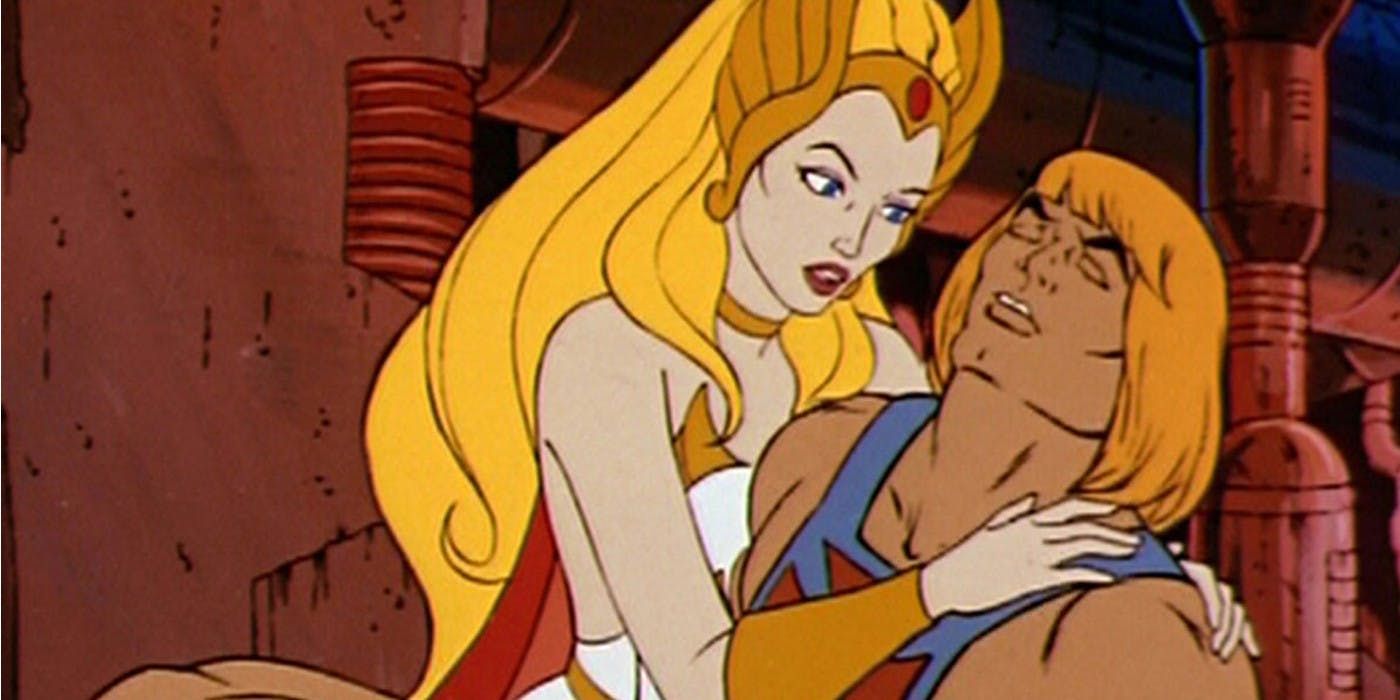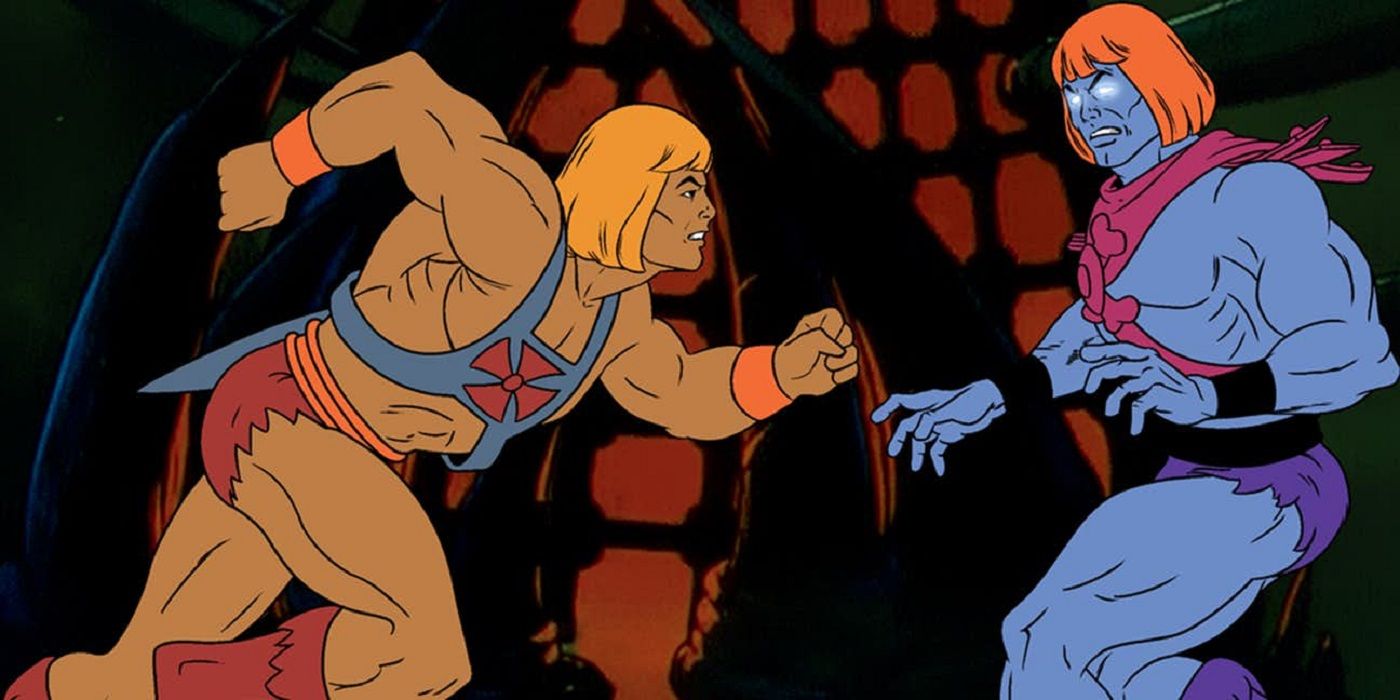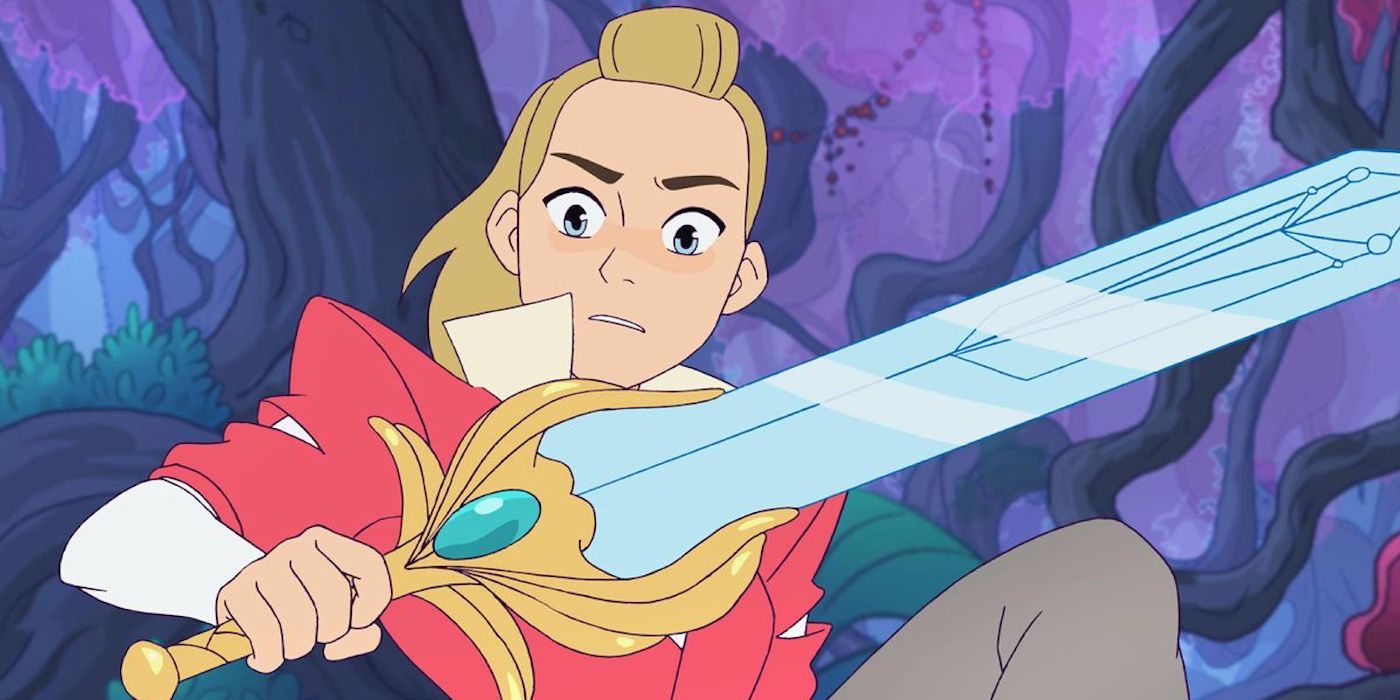She-Ra and the Princesses of Power has earned acclaim from the LGBTQIA community for its positive portrayal of queer characters. From the very first season, showrunner Noelle Stevenson has made it clear she prioritizes positive representation of all varieties, seen by the multitude of same-sex relationships and trans/nonbinary characters.
However, while Stevenson deserves a ton of credit for what she and her staff did with the show, the new She-Ra is not the first entry of the decade-spanning franchise to find popularity with the LGBTQIA community. While She-Ra and the Princesses of Power is the first entry in the franchise to show a multitude of canonically LGBTQIA characters, He-Man and the Masters of the Universe has since the beginning been popular among LGBTQIA audiences.
QUEER CODED VS. QUEER
The concept of queer coding dates back to the early 1930s. During this time, LGBTQIA characters were incredibly taboo, so filmmakers who were gay, such as James Whales, director of Frankenstein or Bride of Frankenstein, found alternative ways to write LGBTQIA characters into their films without overtly addressing it. They'd give characters theatrically camp qualities -- in particular, the villains -- and include vague allusions to their LGBTQIA characteristics.
He-Man and the Masters of the Universe, however, contained an overt amount of queer coding. Putting aside the multitude of rainbows throughout the original series, many critics have, over the years, addressed some very overt queer coding in the characters of Prince Adam (He-Man) and Skeletor. Adam is a muscle-bound pretty-boy who gains in his word "fabulous powers" by grasping hold of a phallic sword, sticking it up and conjuring its powers. The overtly homoerotic imagery was enough for audiences to pick up on. To make matters more obvious, turning into He-Man would leave Adam wearing only a harness, which especially in the '80s was a fairly homoerotic image. As for Skeletor, he embodied many camp villain qualities seen in queer coded villains, from a flamboyant personality, a prissy persona and a high-pitched voice. Many LGBTQIA audiences identified with villains, who were often outsiders in society like the community was in the 1980s. However, Skeletor was relatable to some queer audiences for a somewhat uncomfortable reason: his skull face.
In an interview on SyFy's The Fandom Files, critic David Chlopecki compares Skeletor to victims of AIDs, which at the time of He-Man's airing was ramping up in the underground LGBTQIA community. "You had extreme facial wasting, where you just had a skull. So it's very interesting to imagine that like, here you have Skeletor, who is this buff guy who's frustrated by the world, in a frustrating situation, his face is a skull, and then you have all these gay guys who are dying and their faces are wasting away, but they're all on steroids, so they're like buff. So they have this deformed person [Skeletor], and then you have these perfect guys, which is He-Man."
The queer coding would carry on into She-Ra: Princess of Power, the 1985 spin-off starring Prince Adam's cousin, Adora. With much of the same iconography, such as all the rainbows and muscle-bound, barely clothed heroes fighting one another, it's unsurprising that a large LGBTQIA fanbase spread around the series.
THE LGBTQIA FANBASE
Of course, all this drew in the queer audience of the '80s, who took the queer coding and ran with it. At the time, there were precious few shows that presented LGBTQIA characters -- and none of them were aimed for children. Therefore, to a population starved of overt representation, this provided an oasis.
While many people joked, sometimes in a mean-spirited fashion, about how gay Prince Adam was with his pink shirt and cooking skills, other fans celebrated it for those same qualities. Some incredibly memorable viral videos celebrated He-Man for all its campy qualities. However, other examples of the fandom coming together were more productive, such as the aforementioned critic Chlopecki's company Stick It Up raising money for LGBTQIA shelters through an art show showcasing Skeletor.
Of course, the most overt example of the queer fanbase's celebration of this franchise came in 2018 when Noelle Stevenson and Dreamworks Animation released She-Ra and the Princesses of Power, a show that featured canon queer characters from the first episode. It's debatable, however, if this series could have existed if not for the foundation of LGBTQIA fans that preceded it.



